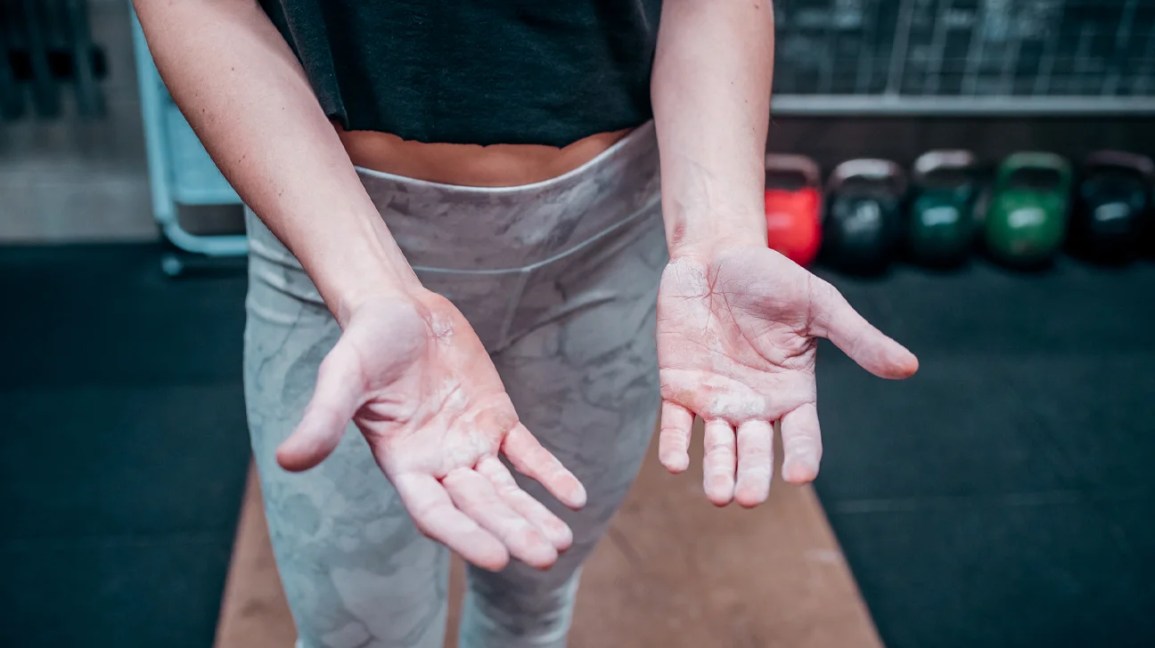High street oil pattern! We are all familiar with high street fashion. But what about High Street bowling? I am talking about Kegel’s famous High Street oil pattern from their Recreation series. The name of this pattern may give you a fun and easy impression at first, but it has its own challenges. Don’t worry, there’s nothing too overwhelming.
It will be much easier to play the High Street pattern after learning and scrutinizing it properly. Because the pattern sheet isn’t enough to understand how to play it right, let me tell you all the essentials about this striking bowling oil pattern.
What is the High Street oil pattern?
The High Street is one of the oil patterns from the Kegel Navigation Recreation Series. Ever since the pattern was developed bowlers, especially beginners are raving about it. At 44 feet (in length), the High Street oil pattern has a high oil concentration that goes far down lane. Unlike other patterns from the Recreation series, High Street has excellent hold areas that make every bowler happy.

Officially, there are 2 different versions of this pattern offered by Kegel. The first one is the High Street (8144) where the ratio is 11:1 with 44 feet reverse brush drop. Total Volume Oil is 21.1 mL (Forward Oil Total is 10.85 mL and Reverse Oil Total is 10.25 mL). The Total Boards Crossed are 422 Boards, where the Forward Boards Crossed are 217 boards and Reverse Boards Crossed are 205 boards.
Then comes the High Street V2 (1344), where the Total Volume Oil is 25 mL (Forward Oil Total is 14.75 mL and Reverse Oil Total is 10.25 mL). On both versions, the Oil per board on the High Street pattern is 50 uL. The Total Boards Crossed in this V2 version are 500 Boards, where the Forward Boards Crossed are 295 boards and Reverse Boards Crossed are 205 boards.
If you are going to participate in a game where this pattern will be used, make sure you know which version will be applied to the lanes. So does that mean the playing method will be too different? Not at all!
Related Post
What are Hardest Bowling Patterns & How to Play on them?
Kegel Recreation Pattern Series: All You need to Know
How to Play on Kegel Sports Patterns: (Find the lists)
How do you play on High Street oil pattern?
Indeed, our bowling styles and the bowling balls we use determine where we are going to play on a pattern. But it’s always nice to have an estimation, don’t you think? If you use the Rule of 31, 44-31= 13, so your ball is going to have its breakpoint on the 13th board.
So what does that indicate? Where do you think you should start? Well, thanks to Kegel, the pattern is versatile. You can actually apply multiple methods to play this bowling oil pattern. If you roll your ball around the 2nd arrow (9 to 11 board), make it roll straight into the pocket with a little curve at the 13 board. So this is what playing from the outside will look like.
Now, what if you prefer playing from the inside? Then start somewhere around the 3rd arrow. If you move inside, you’re gonna have to make your ball hook. If it goes straight, the ball will hit the headpin right on the face which will result in some terrible spares. After starting from the 3rd arrow your ball will make a hard turn on the 7 or 8 board and hit the right pocket to knock down the pins.
Besides controlling the lane, what you need more is consistency. You have to keep your shots repetitive. Don’t change that too often. Make necessary adjustments when the pattern starts to break down. And how do you do that? Well, start to move a bit inside as the lane begins to break down. When moving inside, you can switch to a hooking ball to keep the consistency on point.
When I played on the High Street pattern for practice, I figured my best ball path is around the 3rd arrow. But my ball was breaking around the 5 or 6 boards. Those were some risky shots. But I managed to get them into the pockets just fine. Probably it was the ball, probably it was the broken down lane, but one lesson I have learned is that— always stay behind the ball.
Which bowling ball is best for this pattern?
Now, time for some very careful considerations. Based on where you want to start, you should choose your ball as per your rolling style. If you opt for inside rolling, pick a high-hooking bowling ball. Oppositely, if you want to keep things as straight as possible, a nice upper mid-performance bowling ball will do just fine.
A great benchmark ball for this oil pattern is the Hammer Plague bowling ball. With this ball, or anything similar to that, you can play both from the inside and outside. The Hammer Scorpion bowling ball is an amazing substitute for that. The Hammer Diesel Heavy Duty will make a great ball if you’re into power playing.
The Storm Alpha Crux, Motiv Rip Cord Velocity, Motiv Pride, Brunswick Brute Strength, Ebonite Warrior, etc are some of the compatible bowling balls to use on the High street oil pattern. The Motiv Revolt Havoc and the Storm Idol are also great to use on this lane. As long as you can keep the ball around the 2nd arrow at the breakpoint, you will do alright
So what if you just have a urethane ball in your arsenal? Well, if you employ a few changes, you can make that work as well. To see if your urethane is working, take it to practice and throw some shots down the 2nd arrow. If the ball is heavy duty, it will play straight using the holding area and perform perfectly!
Faqs Of High Street Oil Pattern!
What is an oil pattern in bowling?
An oil pattern refers to the distribution of conditioning oil applied to the wooden or synthetic lanes. This oil protects the lane and affects the ball’s movement. Patterns can vary in length, volume, and distribution, offering different challenges.
How does the oil pattern affect bowling?
The oil pattern influences the ball’s traction and angle as it moves down the lane. Patterns with more oil in the center and less on the outside (typical house patterns) make it easier to bowl strikes, while sport or competitive patterns (like High Street) are designed to be more challenging.
What is the High Street oil pattern?
While specifics can vary, High Street typically refers to a competitive oil pattern designed with a specific distribution of oil that offers a different level of challenge compared to standard house patterns. Details like its length, volume, and oil distribution specifics would define its unique characteristics.
How do bowlers adjust to different oil patterns?
Bowlers adjust their starting position, target on the lane, ball speed, and rotation based on the oil pattern. They may also choose different balls with varying surface textures and hardness to better navigate the oil pattern’s characteristics.
Where can I find details about specific oil patterns like High Street?
Official bowling organizations’ websites, such as the USBC or IBF, often publish details about various oil patterns used in competitions, including diagrams and specific pattern characteristics.
Why are sport patterns like High Street considered more difficult?
Sport patterns, including High Street, are designed with a more even oil distribution across the lane, requiring more precision and consistency from the bowler. They offer less room for error compared to house patterns, which are designed to funnel balls towards the pins.
Can I practice on a High Street oil pattern?
Availability depends on your bowling center’s capability to lay down specific patterns. Some centers equipped with advanced lane machines can set up a variety of patterns, including High Street, for practice or competition.
Conclusion
So this is how it is done on the High Street, boys. It’s not too hard to rock this pattern! The High Street pattern can be very kind to you as long as you’re paying attention to your consistent shots and needed adjustments. Good luck!

Passionate Bowler and Bowling Enthusiast
Jess Pinelli is a dedicated bowling enthusiast with a deep love for the sport that spans over 6 years. With numerous strikes, spares, and a few gutter balls under hes belt, he has honed his skills on lanes across the country. Pinelli’s journey in the world of bowling has been a remarkable one, from casual weekend games with friends to competitive league play and even a few local tournaments.
Driven by her passion for the game, Pinelli decided to channel her expertise and knowledge into the digital realm, becoming a prolific author on this bowling website. She’s your go-to source for everything bowling-related, from mastering the perfect hook to choosing the right bowling ball and even navigating the world of bowling etiquette.
When she’s not busy writing informative articles or reviewing the latest bowling gear, you’ll likely find Pinellis at her favorite local bowling alley, helping newcomers improve their game or enjoying some friendly competition with fellow bowlers. She firmly believes that bowling is not just a game but a community, and she’s committed to fostering that sense of camaraderie both online and offline.




